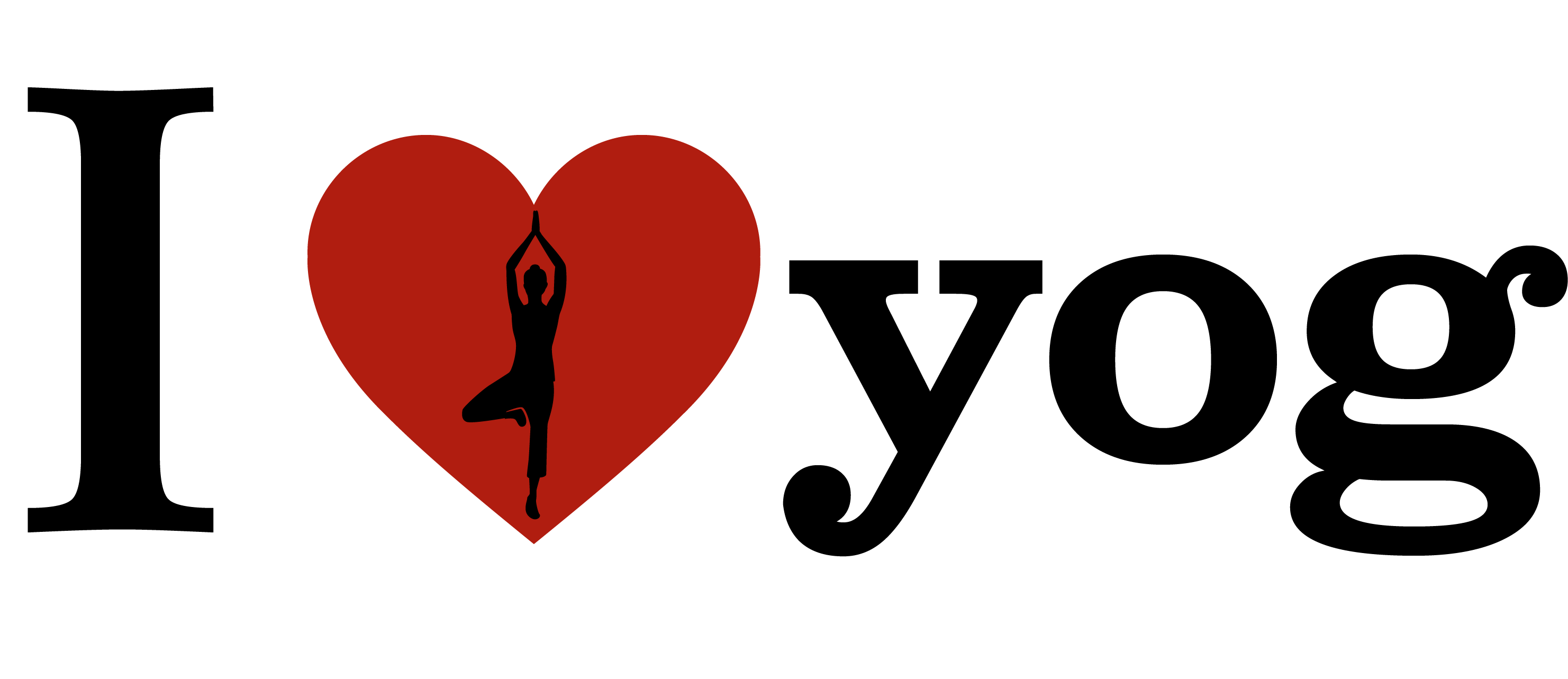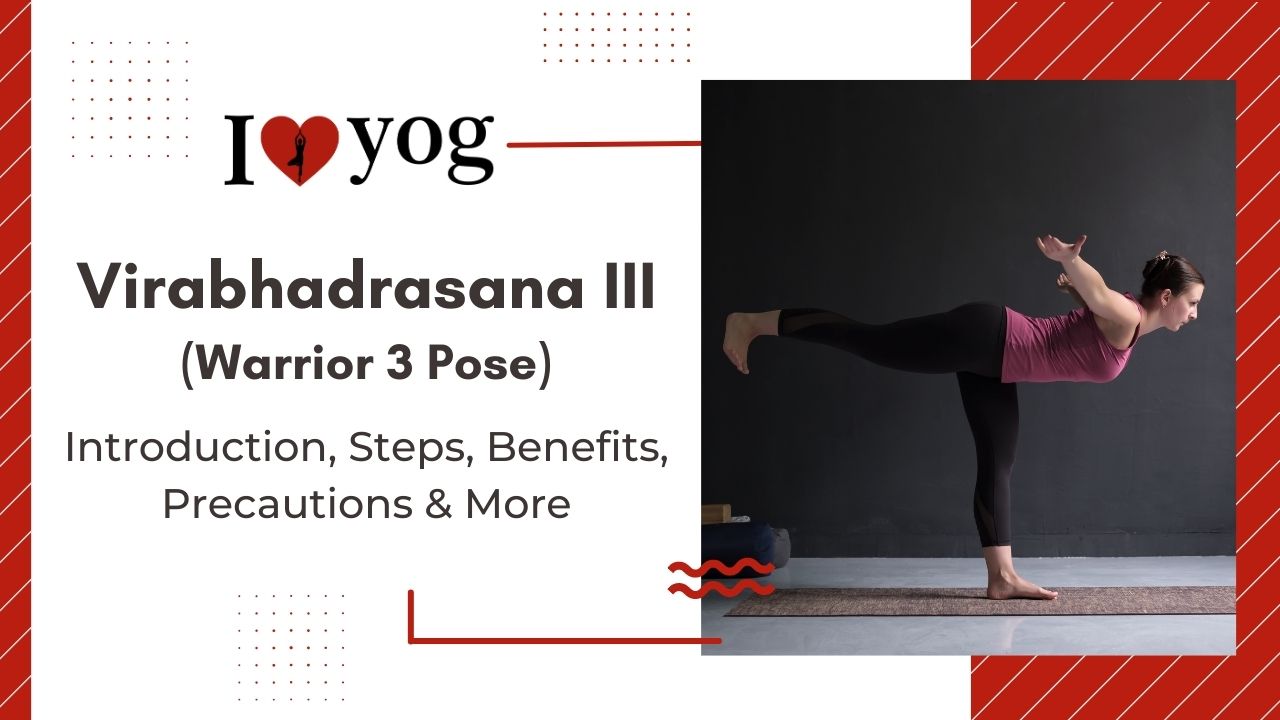What You Must Know Prior to Performing Virabhadrasana III?
Preparative poses
Contents
What You Must Know Prior to Performing Virabhadrasana III?Effect on Tri dosha is affected by Virabhadrasana IIIHow to Perform the Warrior III Yoga Pose/AsanaWhat Are the Benefits of Warrior III Asana?Contraindications And Precautions With Regard To Warrior III Pose/Asana?What Is the Science Behind Warrior III Asana?Tips For Beginners on Warrior III Posture/Asana?Advanced Changes in PoseRelated Yoga Poses/Asanas –Reference:
- Supta Padangusthasana (Reclining Hand-to-Big-Toe Pose)
- Urdhva Hastasana (Upward Salute)
- Plank Pose
- Anjaneyasana (Low Lunge)
- High Lunge
- Urdhva Prasarita Eka Padasana (Standing Splits)
- Parsvottanasana (Intense Side Stretch)
- Utkatasana (Chair Pose)
- Navasana (Boat Pose)
- Yogasana Level – Intermediate
- Yogasana Style – Standing and balancing
- Yogasana Reps – alternative legs after one minute
- Yogasana Consolidates – legs, ankles, and core
- Yogasana Stretches – back, thighs, ankles, and calves in addition to the shoulders.
Effect on Tri dosha is affected by Virabhadrasana III
Balancing pitta and kapha is beneficial because of the characteristics of the related doshas.
How to Perform the Warrior III Yoga Pose/Asana
- Begin in Warrior I, a lunge with your right foot forward, knee bent 90 degrees with knee over foot, and back leg extended. Place the hands on the hips.
- Lean forward to place your weight on your right (forward) foot. Keep your left (rear) knee bent while you lift your left foot approximately one foot off the ground.
- Straighten your right leg and continue to lower your torso until it is parallel to the floor. Utilize your forward-moving torso to counterbalance your left leg’s raising and straight-back extension. Eventually, the body and left leg will be roughly parallel to the floor at the same time. Maintain a relaxed neck, as though it were a natural extension of the spine. Your eyes are fixed on the ground.
- Extend the left (upper) leg fully. Maintain hips level that point toward the floor. The left hip has a tendency to rise, so maintain a downward orientation. Your hands on your hips will assist you in sensing this.
- Flex the left (upper) foot and maintain the toes’ downward orientation. Engage the muscles of the left leg actively.
- When you are ready, bring your arms back to your sides.
- Bend your right knee to return to Warrior I position.
- Perform the posture on the opposite side.
What Are the Benefits of Warrior III Asana?
- Balancing pose tones the abdominal muscles and improves posture.
- It also develops the shoulders and back muscles.
- Helps persons with sciatica.
- Improves blood circulation in the body.
- Tones and strengthens knees, thighs, and ankles.
- Stimulates abdominal organs and promotes digestion.
- Builds stamina; improves balance and coordination.
Contraindications And Precautions With Regard To Warrior III Pose/Asana?
- Avoid this posture if you have balance issues, high blood pressure, or a hip, knee, ankle, back, or shoulder injury. If you are pregnant, make sure to have a chair or support available in case you experience balance issues. Stop holding this stance if you experience pain.
- Avoid practising Virabhadrasana if you have any of the following conditions: heart disease, severe neck or shoulder discomfort, knee pain, hypertension, or a recent chronic illness.
- If you have spinal issues, you should avoid practising warrior position.
- If you are having neck pain or have just had a neck injury, keep your head in a neutral position.
- Since Virabhadrasana is a challenging position, avoid holding it for too long, as this can easily result in strain or injury.
What Is the Science Behind Warrior III Asana?
Warrior III adds a challenge to balance to the standing Warrior yoga routine. You will balance on one leg while holding the other leg, torso, and arms parallel to the ground. This stimulating pose can help you increase lower body and core strength, as well as mental concentration. It permits one to develop a solid base and the self-assurance to do demanding standing yoga poses. The Warrior sequence attempts to improve various body parts and challenges an individual’s physical strength, balance, and coordination.
Tips For Beginners on Warrior III Posture/Asana?
- If the hip bone of the elevated leg rises throughout the pose, release that hip toward the floor until both hip points are parallel to the floor and even. Stretch your rear leg with force toward the wall behind you as you extend your arms forward with equal vigor.
- Imagine that the front calf is resisting forward against the shin as you straighten the front knee; this will prevent the knee from locking or hyperextending.
- Maintaining a slight bend in the standing leg will avoid body wobble or instability.
- Maintain a strong hold on the standing leg. For this, evenly press the inner and outer foot of your standing leg into the ground.
- Fixing one’s sight on a particular place helps to balance the body’s weight.
- Engage the core completely while maintaining stance
Advanced Changes in Pose
- Warrior 3 containing blocks
Related Yoga Poses/Asanas –
Counter postures
- Tadasana (Mountain Pose)
- Uttanasana (Standing Forward Bend)
Reference:
- https://www.finessyoga.com/yoga-asanas/warrior-pose-3-steps-precaution-benefits
- https://www.yogajournal.com/poses/warrior-iii-pose/
- https://www.fitsri.com/poses/warrior-3
- https://www.yogajournal.com/poses/warrior-iii-pose/
- https://www.finessyoga.com/yoga-asanas/warrior-pose-3-steps-precaution-benefits
- https://www.verywellfit.com/warrior-iii-yoga-pose-3567137


